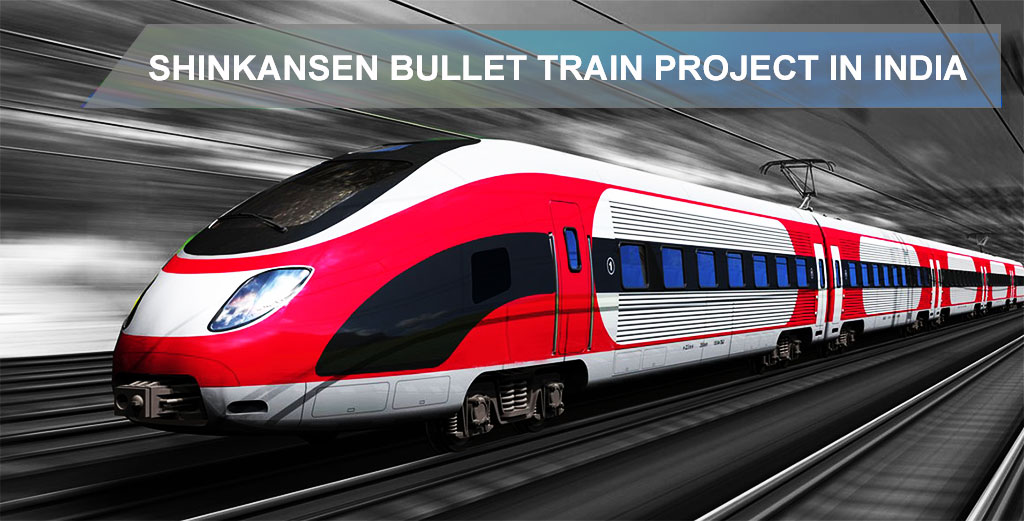How well would Indian Economy perform

India’s progress in the recent past has helped to ensure that South Asia is the fastest-growing region in the world. India faces significant challenges but alongside it are opportunities for Great growth.
Some, which can tilt the balance for India, are:
Economic and population growth: India is the world’s seventh-largest economy, sitting between France and Italy. Its GDP growth recently dipped to 5.7%; still, India is growing faster than any other large economy except for China. By 2050, India’s economy is projected to be the world’s second-largest, behind only China. India is home to 1.34 billion people – 18% of the world’s population. It will have overtaken China as the world’s most populous country by 2024.It has the world’s largest youth population, but isn’t yet fully capturing this potential demographic dividend – over 30% of India’s youth are NEETs (not in employment, education or training)
India now ranks an impressive 23rd among all countries in the Global Competitiveness Index for perceived efficiency of public spending. In July this year India moved to the new goods and services tax which ensured all the 29 states are now a common market. The new system is expected to boost efficiency, growth and India’s tax collections. Despite some technical glitches with the new online tax collection system, early signs appear promising.
Reduce poverty and Inequality: Broadening its tax base should enable India to make much-needed progress. This is reflected in growing inequality: India’s richest 1% own 53% of its wealth, up from 36.8% in 2000. For comparison, the richest 1% in the United States own 37.3% of its wealth. The rise in inequality is compromising the pace at which India is lifting people out of extreme poverty. About one-third of the world’s population living on under US$1.90 live in India – some 224 million people. Oxfam India calculates that if India were merely to stop inequality from growing further, it could lift 90 million more people out of extreme poverty by 2019.
India needs to get more women working : India has made modest progress in closing its gender gap over the last decade, rising from 98th to 87th in the World Economic Forum’s Gender Gap Report, which aggregates a range of indicators from health and education to economic and political participation. However, it ranks a lowly 135th out of 144 on women’s labour force participation, just behind Yemen. India’s economy would have much to gain from getting more women into the workforce. This is a rising superpower waiting to erupt onto the world stage
Area’s which ran India’s economic engine in the past could face challenges – Turbulent times for technology based enterprises : Several leading companies in India’s IT sector are reportedly planning significant layoffs, in part due to concern that the Trump administration’s clampdown on H-1B visas will make it harder to do business in the US. The growing ability of machine learning to replace human workers is also a challenge. A recent McKinsey report reckons that within a few years, up to half of the 3.9 million Indians currently working in the IT sector will become irrelevant.
But other tech trends are more promising. India has again moved up the Global Competitiveness Report’s rankings on technological readiness – albeit from a low base, still only 108th in the world – on the back of improvements in indicators such as internet bandwidth per user, mobile phone and broadband subscriptions and internet access in schools.
India also has scope to build on its tech start-up scene, which already boasts more companies than anywhere other than the US and UK. The country scored well in the Inclusive Development Index on access to finance for business development.
Huge consumer story: Indian demographics compared to the world are very different. As compared to the demographics for places like southern Europe where the consumer growth there is in the relatively older population. It’s the 50- to 70-year-olds that have the purchasing power because of various reforms and government payments. Whereas in case of India it’s all in the young age bracket. Basis this theme there are huge regional business potentials with different consumer preferences and a big inflection point: there’s a huge amount of success associated with that and If you’re not growing at high double digits a year, you’re missing the opportunity.

Big opportunity with urbanization is in infrastructure: With the competition among state governments for resources and an increasing focus on governments as a big part of winning elections, people recognize that you have to improve infrastructure. That is everything—from water, sanitation, power, renewable power, and improving road systems. There’s a huge opportunity for both domestic and global companies in the provision of that infrastructure—often, leapfrogging generations of what’s happened elsewhere through the use of smart meters, smart technologies, and networked cities. This is a huge, relatively untapped opportunity in the advent of Smart Cities and competition within the 20-plus of these smart cities where there’s enormous innovation.
Overall the Optimism of people should translate into meaningful actions and executions by Governments over the next few years if India has to make use of this golden opportunity to emerge as a superpower. It has got resources in its favour but it is important that this time we do not falter coming close to the winning line and make the change which the world anticipates from India.
Bring the best of the CEOWORLD magazine's global journalism to audiences in the United States and around the world. - Add CEOWORLD magazine to your Google News feed.
Follow CEOWORLD magazine headlines on: Google News, LinkedIn, Twitter, and Facebook.
Copyright 2025 The CEOWORLD magazine. All rights reserved. This material (and any extract from it) must not be copied, redistributed or placed on any website, without CEOWORLD magazine' prior written consent. For media queries, please contact: info@ceoworld.biz








